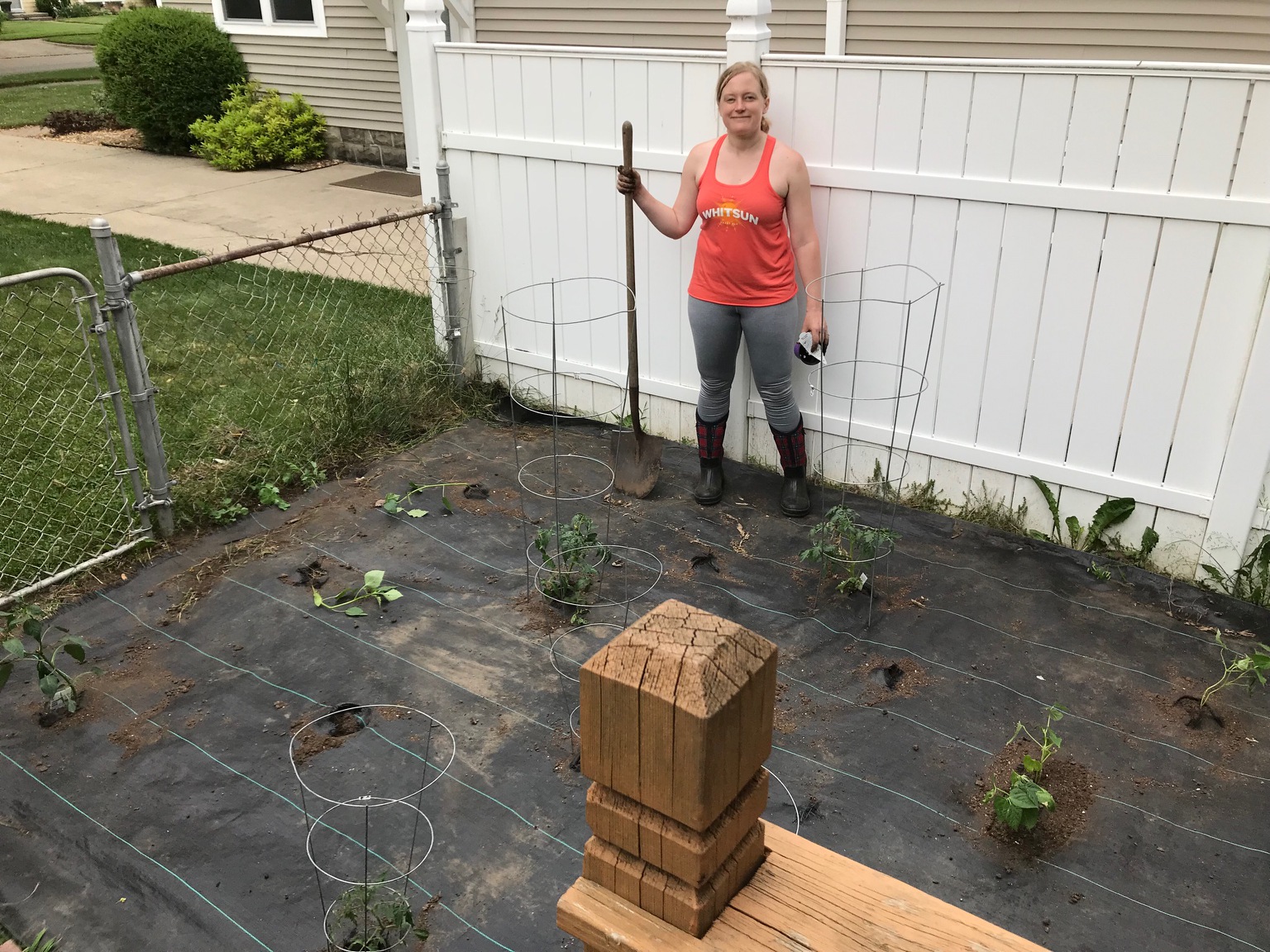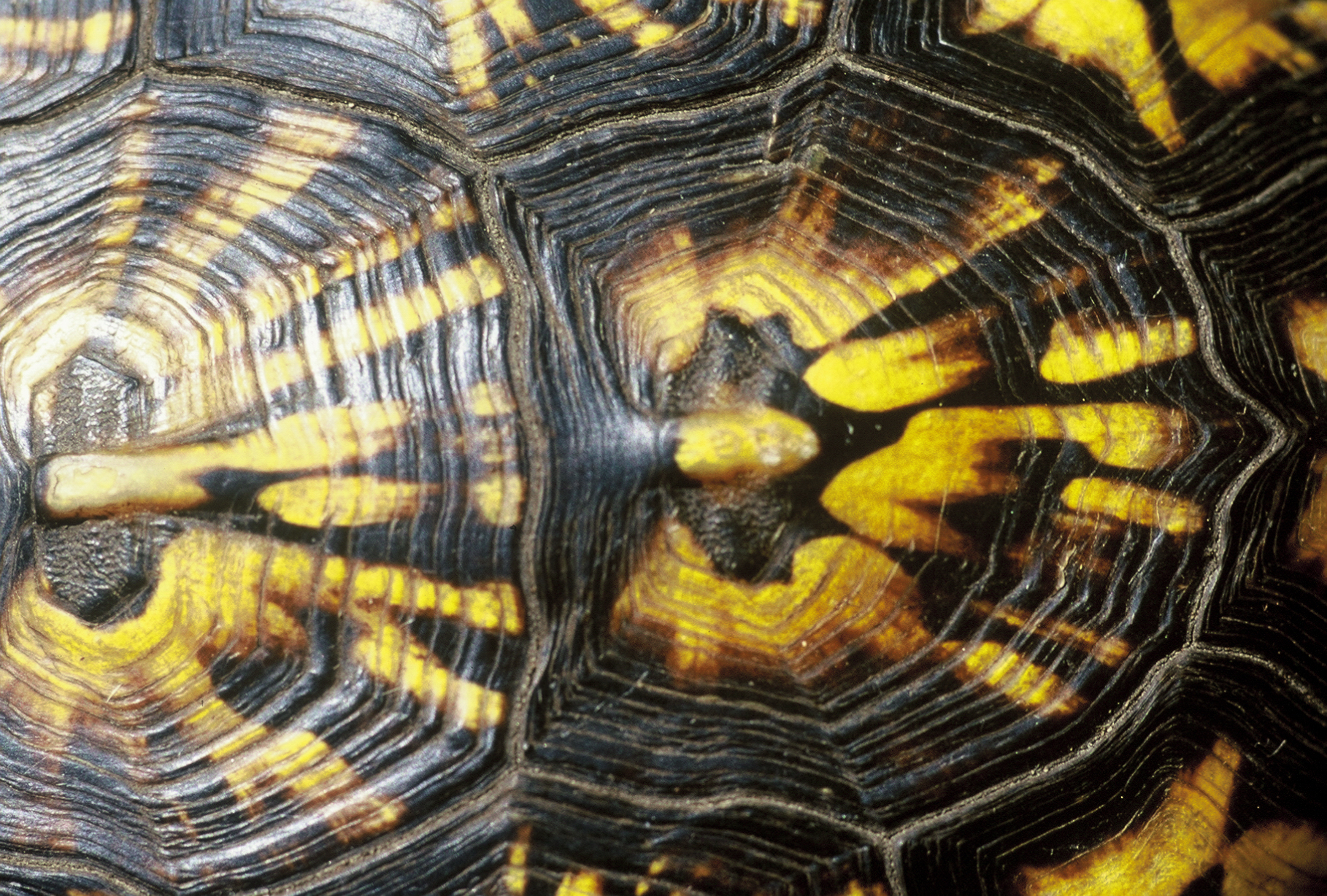
.PNG)

One of the oldest and continuous land race pumpkins grown and stewarded by the Seminole Tribe of Florida, this variety of pumpkin is highly adapted to what would be considered wild cultivation. The vines can often reach 100 ft. in length and grow up trees. The nickname "hanging pumpkins" comes from the plants being planted near trees where they would grow up trees and shrubs as a sort of natural arbor and set fruit in the canopy of a tree. The thick skin and outer rind prevent them from breaking apart when they fall. According to the seed collector I got the seed from even deer hooves cannot break them apart. They are a great storage pumpkin too. The sweet flesh and rich flavor make great pumpkin pies.
I received this seed from a seed company that often collects rare nuts and fruits and is always on the look out for new seeds that might interest his clientele. He received it originally from Professor who had been given the seed directly from the Seminole tribe in Florida. He currently grows it in Georgia.
I have not tried to grow this selection in Michigan but will likely try it next year as I often do one squash or pumpkin a year to test new selections on my farm. I am curious to see fast it grows in my plantings and will try to encourage it grow up my chestnut trees and see how it performs in the shorter and cooler season. I did this with watermelon once and it was quite successful worth trying again.
| Plant Specs |
| Genus & Species |
Curcubita moschata var. Seminole |
| Seed Source |
Georgia |
| Height (ft) |
Up to 100 ft. vines. |
| Soil |
Well drained soil. |
| Climate |
Originally from Florida. Adapted to high humidity. |
| Ease of Cultivation |
Like with all pumpkins, self fertile, but if you want to reproduce it true grow it isolated if possible to retain its vigor, flavor and ability to climb trees. Unknown possibilities in the north and length of season. |

